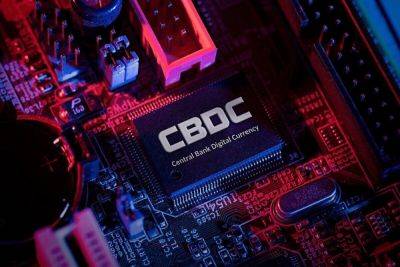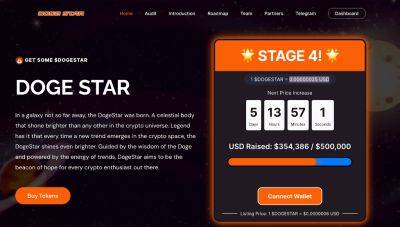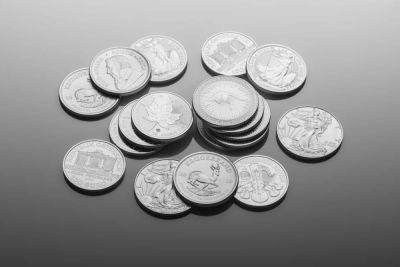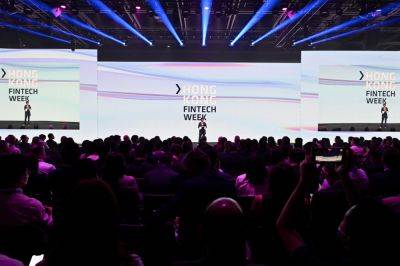Hong Kong advances CBDC pilot, bringing e-HKD trials to Phase 2
The Hong Kong Monetary Authority (HKMA) is gearing up for the second phase of the e-HKD (e-Hong Kong dollar) pilot program as it announced the successful completion of the Phase 1 trial of its in-house central bank digital currency (CBDC).
The HKMA launched the e-HKD pilot program in November 2022 to evaluate the commercial viability of an in-house CBDC as part of its “Fintech 2025” strategy. Phase 1 was dedicated to studying e-HKD in six areas, which include full-fledged payments, programmable payments, offline payments, tokenized deposits, settlement of Web3 transactions and settlement of tokenized assets.
Detailing the findings of the e-HKD phase 1 trial, the HKMA report highlighted programmability, tokenization and atomic settlement as three key areas where Hong Kong’s CBDC could benefit consumers and businesses.
The report read:
HKMA plans to “delve deeper” into some use cases that showed promising CBDC applications in the phase 1 trial. Technical considerations show an inclination toward using distributed ledger technology (DLT)-based design considering its interoperability and scalability capabilities.
As shown above, Hong Kong’s CBDC program consists of a three-rail approach — foundation layer development, industry pilots and iterative enhancements and full launch. Currently, at its second rail, the e-HKD program trial is supported by public and private organizations to ensure commercial viability for both parties.
HKMA said it will also continue to work on rail 1 initiatives such as laying the legal and technical foundations for e-HKD.
Related: Hong Kong lawmaker wants to turn CBDC into stablecoin featuring DeFi
Alongside localized efforts for CBDCs, numerous central and commercial banks joined hands under
Read more on cointelegraph.com





















